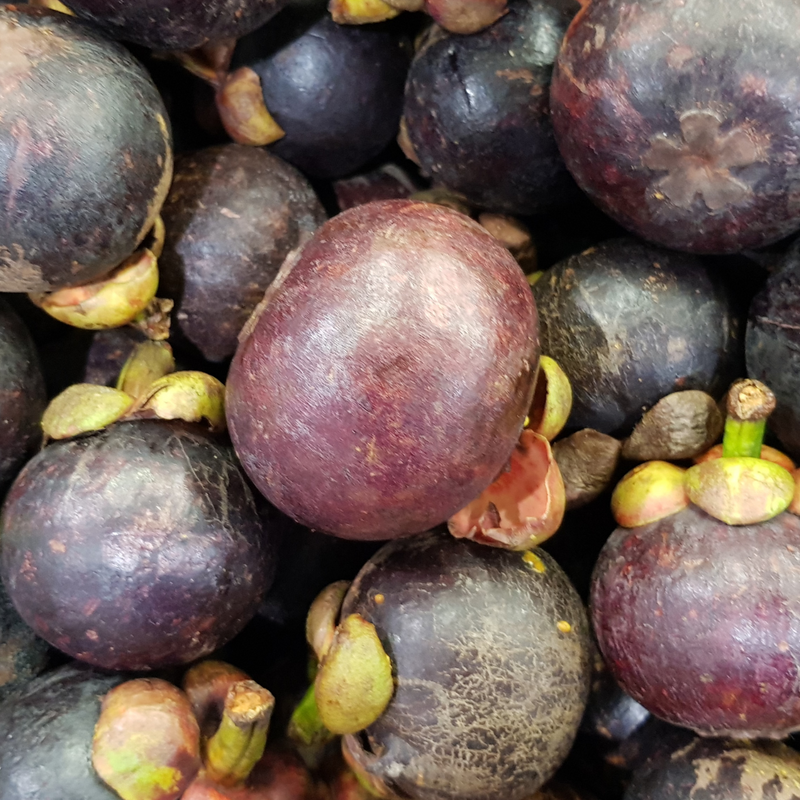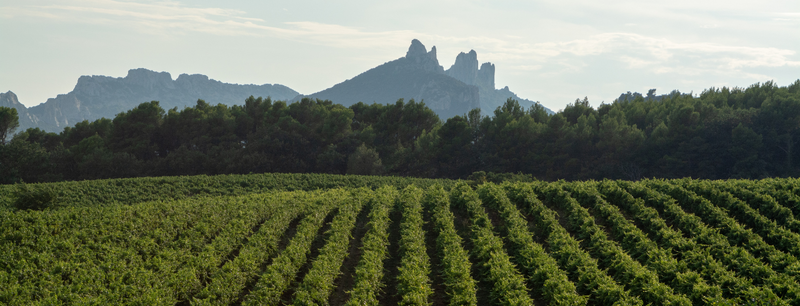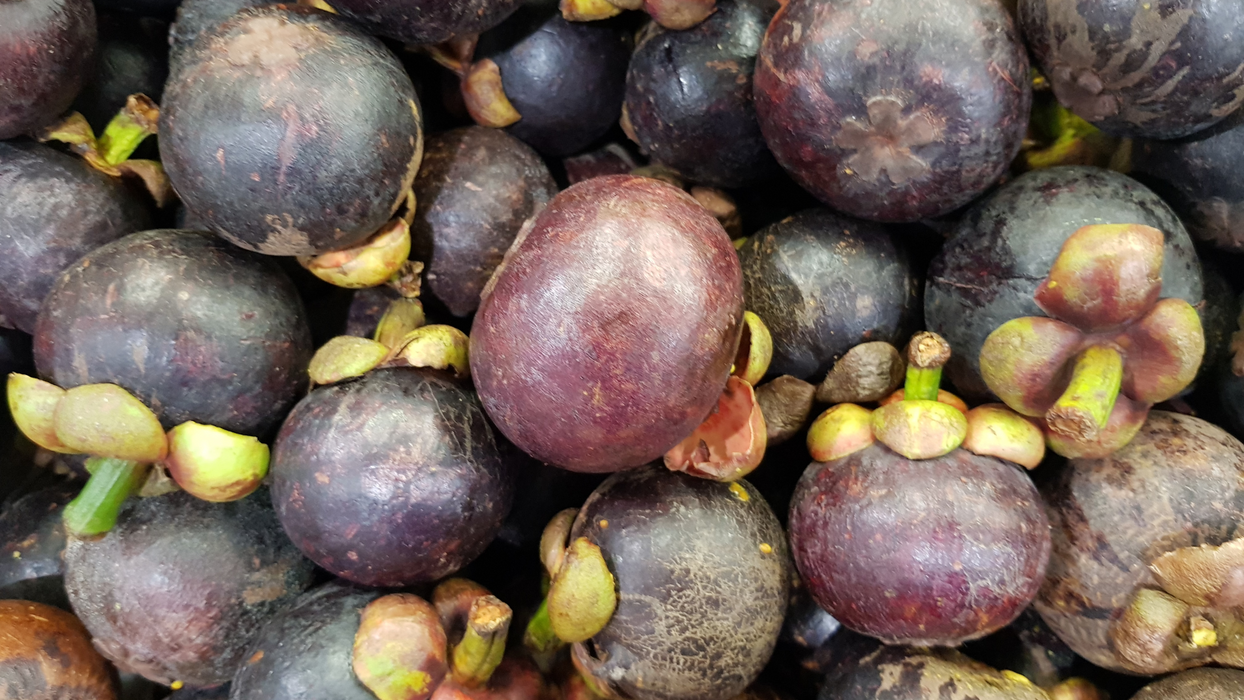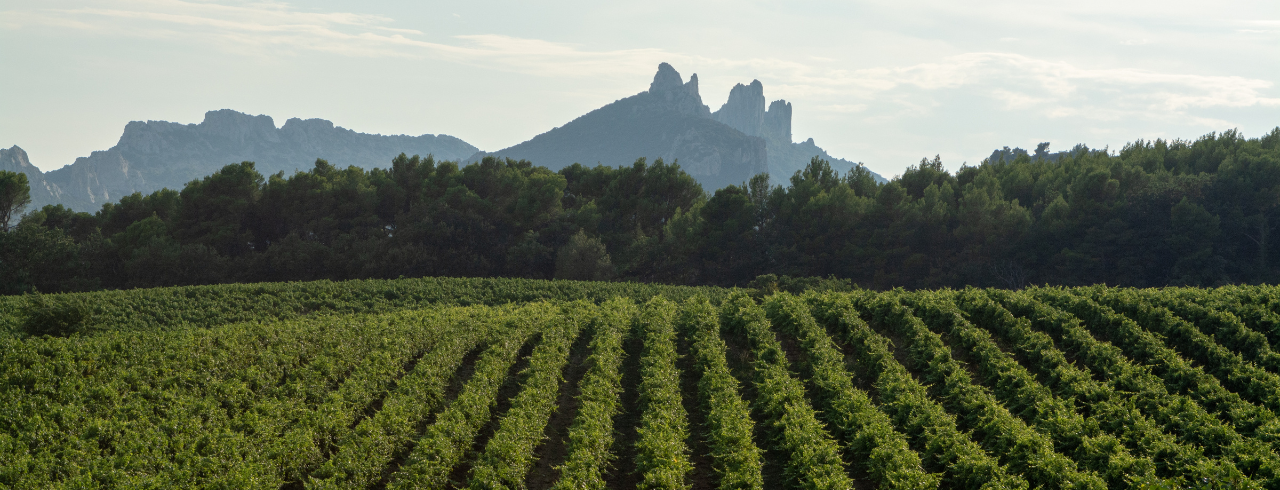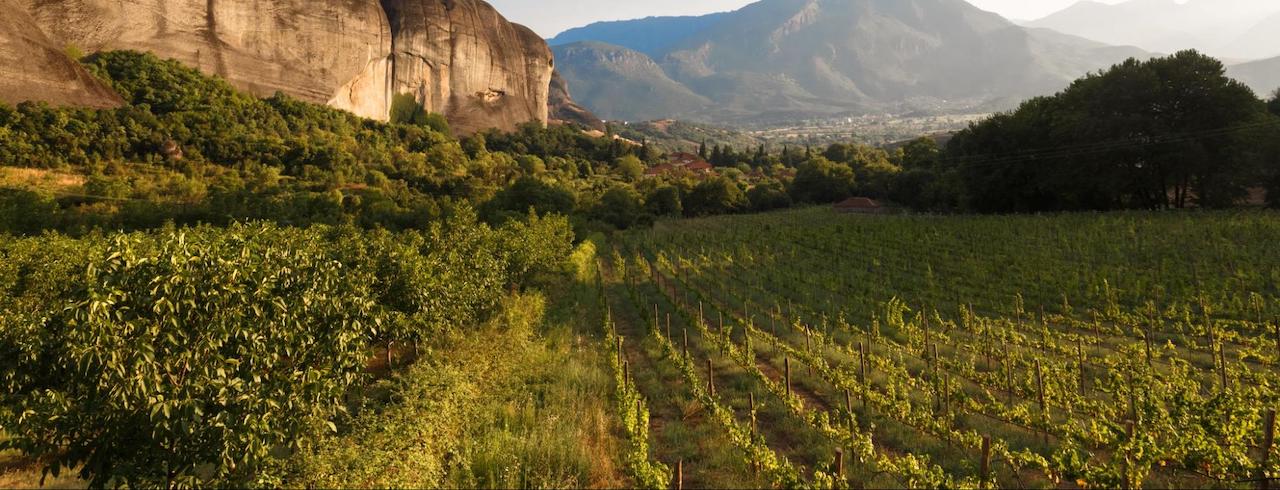
The Ultimate Guide To Greek Wine
A rich history of viticulture. Lush, rolling hills. Cooling breezes off the Mediterranean.
Everything seems to suggest that Greece would be a prime location for winemaking. Yet, it’s rarely considered a top spot for vineyards and wine culture.
It’s time that changed.
With a temperate climate, artisanal culture, and the perfect combination of ancient knowledge and modern techniques, Greece is one of the greatest winemaking countries with a layered tapestry of vino-obsessed districts.
Let’s learn all about Greece’s rich winemaking history and the many vineyards you should visit on your next trip to this Mediterranean paradise.

The History of Greek Wine
Perhaps no other country on Earth has as rich and storied a wine tradition as Greece. With hundreds of varietals dating back thousands of years, Greece is truly a treasure trove when it comes to wine history.
Dive into our Greek wine guide and learn about how Greek vino has changed and developed over its long history.

A Truly Ancient Tradition
Like many of Greece’s greatest accomplishments, their monumental contributions in the world of wine date back farther than our modern calendars. That’s right; we’re traveling back over three thousand years to the 13th century BC.
In Homer’s Iliad and Odyssey, he wrote of the famous Greek wines of Cyprus, Rhodes, Thira and Crete that benefited from the favorable soil, temperate climate, and radiant sun characteristic of Greek growing seasons.
For hundreds of years, Ancient Greeks imported Syrian copper and Egyptian gold in exchange for their delicious wine and decadent olive oil.
These wine exports quickly established Greece as the motherload of mouthwatering vino, with the most famous region being the Aegean Islands. The first wine regulation came about during this time as well, with specific laws passed in the 5th century BC providing protection for wines designating the Appellation of Origin. The current wine laws standing in the E.U. today borrow heavily from this Greek example!
Of course, Greeks also have individual gods related to the natural world, and wine is no exception. In Greek mythology, Dionysus is the god of wine; the legend tells that he revealed his divine nature to Etruscan pirates by planting a vine that wrapped around the ship and transformed the pirates into dolphins.
Trouble in the Middle Ages
As Christianity spread throughout medieval Europe, winemaking was brought back to the forefront. As wine plays a major role in taking Communion, winemaking became a noble profession closely resembling a monastic lifestyle.
Indeed, in the 13 century AD, Saint Triphon became the protector of winemaking and grapevines, and his myth is still honored every year in Macedonia and Thrace on the 1st of every February.
However, as conquest spread throughout Europe, vineyards were destroyed and Greek winemaking once again fell into disarray.
A Modern Renaissance
It’s safe to say we’re currently living through a modern renaissance when it comes to Greek wine.
After a couple of decades of struggle with pests and poor trading networks, viticulture restoration began in the 1960s. Substantial investments in technology spread throughout the country to allow an explosion of production across Greek vineyards that still continues to this day.
Greek enologists have borrowed from other nations’ contributions and built upon them, proving that a country with as ancient a history as Greece can still produce wines that appeal to modern sensibilities.
The country serves as an example to any regions struggling with production that rapid restoration and innovation can occur in a matter of years, not lifetimes.
Greek Wine Regions
One common misconception about Greek wine regions is that the land is relatively uniform throughout. This couldn’t be further from the truth.
With arid islands and teeming pine forests, Greece contains a vast diversity of climates and soil types that allow a wide variety of Greek wines to be produced each year.
Northern Greece
This famous Greek wine region resides in the north with cold winters, high winds, and occasional snowfalls. Due to its cooler temperatures, most vineyards here focus on white and sparkling wines with delicate flavor profiles, such as Debina.
This area is also known for its complex reds with high-tannin counts like Xinomavro, a dark cherry-hued wine similar in taste and texture to Nebbiolo. With strong notes of licorice and smoke, this red teems in vineyards with limestone-rich clay soils.
Greek white wine grapes also flourish with Malagousia being one of the primary varietals. Offering a mix of flavors characteristic of a buttery Chardonnay or a crisp Viognier, these wines provide fragrant citrus with a soft, fruity finish.
This region also has a growing tradition of blending popular varietals like Merlot, Syrah, and Sauvignon Blanc with native Greek grapes to improve international appeal.
Winery To Visit
One of the premier wineries in Northern Greece, the Kir-Yianni estate was founded recently in 1997 by the Boutaris family, one of the groups leading the recent technological renaissance in Greek wine.
With a wide diversity of varietals like Tesseris Limnes, Petra, and Akakies, this vineyard is perfect for those seeking authentic Greek character and state-of-art growing techniques.
Aegean Islands
The Aegean Islands are a picture of Greek paradise. With sunny skies and rich, volcanic soil, the vineyards here produce some of the most unique and alluring aromas in modern wine.
Santorini, one of the many Aegean Islands, is home to Assyrtiko, Greece’s most famous and renowned white wine. With fragrant fruit notes on the palate and a salty finish, Assyrtiko is one of the most sought-after white wines in the Mediterranean.
Samos is home to Muscat Blanc, with many different styles ranging from dry to sweet but all infused with Muscat’s signature perfumed aromas. Límnos offers a historic Greek red wine varietal that dates back to Aristotle, Limnio.
This grape can also be found on the mainland, and it’s often blended along with Syrah and Cabernet Sauvignon to produce a red similar to the one you might find from Bordeaux.
Winery To Visit
The Lyrarakis Winery is a great winery to visit nestled in Alagni, a cozy mountain village in Crete. With a rich tradition of reviving and innovating upon indigenous grape varieties, the Lyrarakis family offers exclusive wine tastings set against the gorgeous backdrop of the Lassithi mountains.
Central Greece
One of the largest wine regions within Greece resides in the center of the country nestled between the Pindus and Agrafa mountains. With an arid climate similar to Napa Valley, the focus is on red wines in the North and white wines in the South.
You can even find vineyards on the slopes of Mount Olympus, with some of the best in the country found above five hundred meters of elevation producing Xinomavro, Krasato, and Stavrato red wine grapes.
If you travel south, you’ll find a hotter climate with white wine grapes aplenty featuring the controversial Savatiano and Retsina. Though these grapes often led to flabby wines in the past, the modern-day highlights a total reversal with sweet and sour fruit flavors on the palate and hints of lemon bread similar to a Burgundy wine.
Winery To Visit
One of the best areas within the Central Greece region is Delphi, with a truly original winery in Mount Parnassus. The Mount Parnassus winery lends a home to full-bodied Cabernets and Pinots along with delicate Malagousia and buttery Chardonnays.
With stunning natural beauty and mouthwatering wines, this winery is a great place to spend an afternoon drenched in the Greek sunshine.

Get To The Greek With Wine Insiders
So, does Greece have good wine? Absolutely!
With rich limestone soil, modern winemaking techniques, and over eighty native wine grapes on offer, Greek winemaking is proving itself to be more than a historic artifact — it’s alive and thriving.
So go ahead, book a trip and roam the lush, rolling hills and stunning vineyards. While you wait for your flight dates to arrive, do some homemade research to discover the best Greek wine. Browse through our ever-growing catalog of reds, whites, and diverse varietals grown and bottled all across the globe.
If you’re thinking of making a wine-tasting trip elsewhere, be sure to check for our regional wine guides to infuse your trip with all the wine knowledge you crave.
